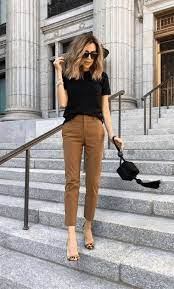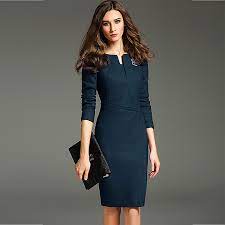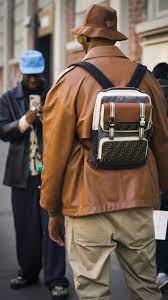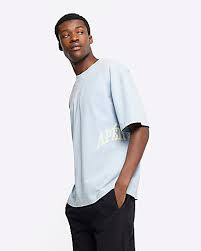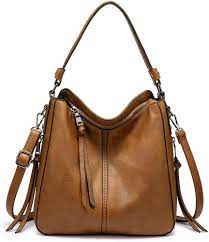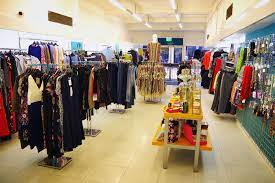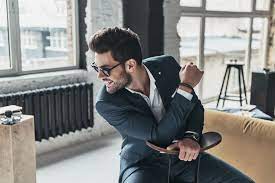Elevate Your Everyday Style: A Guide to Casual Clothes for Women
The Ultimate Guide to Casual Clothes for Women
When it comes to everyday fashion, casual clothes are a must-have in every woman’s wardrobe. Whether you’re running errands, meeting friends for coffee, or simply lounging at home, having the right casual pieces can make all the difference. Here are some essential items that every woman should consider:
T-shirts and Tops
A good collection of t-shirts and tops in various colours and styles is essential for any casual wardrobe. From basic white tees to trendy graphic tops, these versatile pieces can be easily paired with jeans, leggings, or skirts for a laid-back yet stylish look.
Jeans and Trousers
No casual wardrobe is complete without a few pairs of well-fitting jeans and comfortable trousers. Opt for classic denim styles like skinny jeans or boyfriend jeans, as well as relaxed trousers in neutral tones for easy mixing and matching.
Sweaters and Cardigans
For cooler days, having a selection of cosy sweaters and cardigans is a must. Choose soft knits in flattering cuts that can be layered over your favourite tops for added warmth and style.
Sneakers and Flats
Comfortable footwear is key to completing any casual outfit. Invest in a pair of stylish sneakers or classic ballet flats that you can wear all day long without sacrificing comfort.
Accessories
To add a touch of personality to your casual looks, don’t forget about accessories. A statement necklace, colourful scarf, or trendy sunglasses can elevate even the simplest outfit.
With these essential pieces in your wardrobe, you’ll be ready to tackle any casual occasion with confidence and style. Remember to choose items that reflect your personal taste and make you feel comfortable and beautiful every day!
Seven Essential Tips for Crafting Stylish and Comfortable Casual Outfits for Women
- Opt for comfortable and breathable fabrics like cotton or linen.
- Mix and match different pieces to create versatile outfit combinations.
- Choose neutral colours as a base and add pops of colour with accessories.
- Invest in well-fitting jeans and basic tops for easy everyday looks.
- Don’t be afraid to experiment with layering for added style and warmth.
- Balance loose-fitting items with more structured pieces for a polished look.
- Finish off your casual outfit with stylish yet comfortable footwear.
Opt for comfortable and breathable fabrics like cotton or linen.
When selecting casual clothes for women, it is advisable to opt for comfortable and breathable fabrics such as cotton or linen. These natural materials allow for better airflow, keeping you cool and comfortable throughout the day. By choosing garments made from cotton or linen, you can ensure that your casual outfits not only look stylish but also feel great against your skin, making them perfect choices for everyday wear in any season.
Mix and match different pieces to create versatile outfit combinations.
To elevate your casual wardrobe, embrace the art of mixing and matching different pieces to create versatile outfit combinations. By combining tops, bottoms, and layers in new and creative ways, you can breathe fresh life into your everyday looks. Experiment with contrasting textures, colours, and styles to discover unique ensembles that reflect your personal style and make a statement. Whether you’re pairing a classic white t-shirt with a bold printed skirt or layering a denim jacket over a floral dress, the possibilities are endless when you embrace the versatility of mixing and matching in your casual attire.
Choose neutral colours as a base and add pops of colour with accessories.
When building a casual wardrobe, one effective tip is to opt for neutral colours as the foundation of your outfit and introduce vibrant pops of colour through accessories. By selecting versatile neutrals such as black, white, grey, or beige for your clothing pieces, you create a cohesive and timeless base that can easily be mixed and matched. Adding colourful accessories like scarves, bags, or jewellery not only injects personality and flair into your look but also allows for effortless experimentation with different hues to suit your mood or the occasion. This approach strikes a perfect balance between simplicity and vibrancy, ensuring a stylish and dynamic ensemble every time.
Invest in well-fitting jeans and basic tops for easy everyday looks.
To achieve effortless everyday style, it’s essential to invest in well-fitting jeans and basic tops. A classic pair of jeans that flatters your figure paired with simple yet versatile tops can form the foundation of countless casual outfits. This timeless combination allows for easy mixing and matching, ensuring that you can effortlessly put together stylish looks for any occasion. By prioritising comfort and fit with these wardrobe staples, you’ll always feel confident and chic in your everyday attire.
Don’t be afraid to experiment with layering for added style and warmth.
When it comes to casual dressing, don’t shy away from experimenting with layering to enhance both your style and warmth. Layering different pieces not only adds depth and dimension to your outfit but also allows you to mix and match various textures, colours, and patterns for a unique and personalised look. Whether it’s combining a t-shirt with a cardigan or layering a blouse under a sweater, the possibilities are endless. Embrace the art of layering to stay chic, cosy, and fashion-forward in your casual ensembles.
Balance loose-fitting items with more structured pieces for a polished look.
To achieve a polished and well-balanced casual outfit, it is essential to mix loose-fitting items with more structured pieces. By pairing a flowing blouse or oversized sweater with tailored trousers or a structured blazer, you can create a harmonious ensemble that exudes sophistication and style. This contrast in silhouettes adds visual interest to your look while ensuring that you maintain a polished appearance. Remember, balance is key when it comes to mastering the art of casual dressing.
Finish off your casual outfit with stylish yet comfortable footwear.
To complete your casual ensemble, it’s crucial to select stylish yet comfortable footwear that not only enhances your overall look but also provides the necessary support for all-day wear. Opting for fashionable sneakers, chic flats, or trendy sandals can effortlessly elevate your outfit while ensuring you remain comfortable and confident throughout the day. Remember, the right footwear can be the perfect finishing touch to your casual attire, striking a balance between style and practicality.
